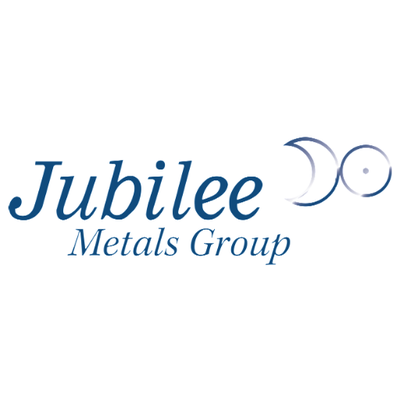Copper has shaped human civilisation for millennia, and in the 20th century, its story was deeply connected to the rise in electricity demand. Copper became indispensable to our energy systems and modern technology. Moving forward, it remains vital as the world seeks to improve living standards, transition to a net-zero economy, and further digitalise industries and societies.
Global copper demand has grown significantly over the past 75 years, though at a declining rate. Looking to 2035, however, demand is expected to increase at an annual rate of 2.6%, driven by economic growth, the energy transition, and digital expansion. Copper’s historical role in supporting electrical infrastructure has been instrumental in raising living standards, especially as it is required not only in consumer products but also in their production and the power infrastructure that keeps them running.
Copper demand is set to grow further as developing economies seek to improve their standards of living. For example, China, despite its significant use of copper, still lags behind developed economies in copper stock per capita. India is also poised for rapid growth, with its electricity consumption significantly lower compared to other major economies, suggesting substantial future demand for copper.
The ‘Energy Transition’ will boost copper use, as renewable electricity generation, electric vehicles, and related infrastructure all depend heavily on copper. EVs, for instance, require three times more copper than traditional vehicles. By 2040, the transport sector’s share of copper demand is projected to rise from 11% to over 20%. Similarly, growth in digital infrastructure, particularly data centres needed for the AI-driven future, is expected to raise copper demand from digital sources by six-fold by 2050.
Today, most copper demand is from traditional sources, but this is expected to shift significantly by 2050, with increasing shares from energy transition and digital sources. As countries worldwide adopt technologies like electric vehicles and renewable energy concurrently, demand will surge across all income levels, unlike the staggered adoption of previous technologies in the 20th century.
While substitution and thrifting (using alternative materials or reducing copper content) may slow demand growth, copper has inherent advantages that make it challenging to replace. Its conductivity, durability, recyclability, and low emissions profile are essential for many end-uses. Moreover, substitution is costly and slow, requiring design changes, production modifications, and retraining.
Copper pricing in the short term can be volatile due to market sentiment, but long-term trends are guided by supply and demand fundamentals. As demand increases, particularly for new technologies, there is a shortage of easily accessible copper projects, leading to higher production costs. These challenges will likely drive up the price required to incentivise new supply, especially as existing reserves are depleted.
The concurrent adoption of copper-intensive technologies globally, along with the traditional growth in developing economies, suggests a significant increase in copper demand in the coming years. Growth is expected to re-accelerate to 2.6% annually, roughly doubling the demand growth volume experienced over the past 15 years, highlighting copper’s enduring importance.
Jubilee Metals Group plc (LON:JLP) is a diversified metal recovery business with a world-class portfolio of projects in South Africa and Zambia. The Company’s expanding multi-project portfolio across South Africa and Zambia provides exposure to a broad commodity basket including Platinum Group Metals, chrome, lead, zinc, vanadium, copper and cobalt.


